Estimated reading time: 6 minutes
The Masai Mara National Reserve is undisputedly Kenya’s most famous wildlife destination. Its rock-solid reputation as a must-see for every safari goer has been built up over decades and rests on two chief elements: the ease of spotting game and the Great Wildebeest Migration.
The game is easy to find here not only because its numbers are rising thanks to successful conservation measures but also because the landscape is flat and open, allowing you to scan the horizon for a tell-tale ‘lump’ or shadow that turns out to be anything from a topi to a cheetah. This open flatness is also why two million ungulates, primarily made up of blue wildebeest with a smattering of plains zebra, pass through every year in search of fresh grazing, making up what is called ‘the greatest show on earth’.
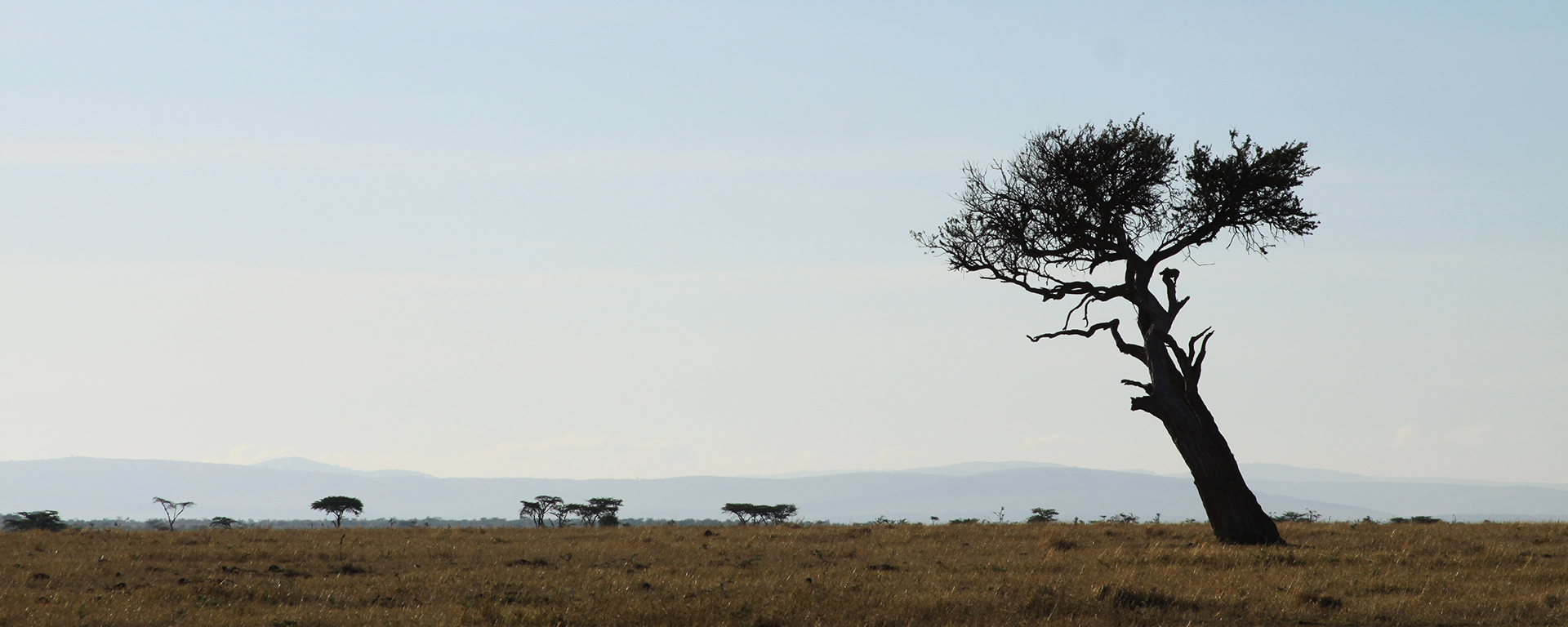
What is the Masai Mara like?
The Mara has a fairly consistent landscape of open grasslands. This is classic ‘savannah’ country with golden grass, blue skies, and the occasional tree. There is riverine forest along the Mara River but it is unlikely you will venture into it unless you stay there– we floated over the treetops in a hot-air balloon.
There is a steep escarpment that rises up out of the plains – luxurious lodges like Angama Mara have been built here to make the most of the sweeping views (just remember that, the higher you are, the longer the drive down onto the plains to see game).
The Mara is a national reserve that belongs to the Maasai people (who speak the Maa language) rather than a national park. This means that the land has villages and you will see herders taking their impressive herds of Maasai cattle to drink. Yes, you will see ‘warriors’ (known as ‘moran’) dressed in their traditional red finery, happily chatting on mobile phones and updating their Facebook pages. This is an ancient land but not one where time has stood still.
The Mara North Conservancy is a dedicated private area that borders the reserve. It offers a more exclusive and private game-viewing experience than the reserve and is worth considering if you are a keen photographer or an avid safari-goer.
In the conservancy, you can undertake nature walks, night drives and go off-roading to get closer to sightings – activities not permitted in the reserve.
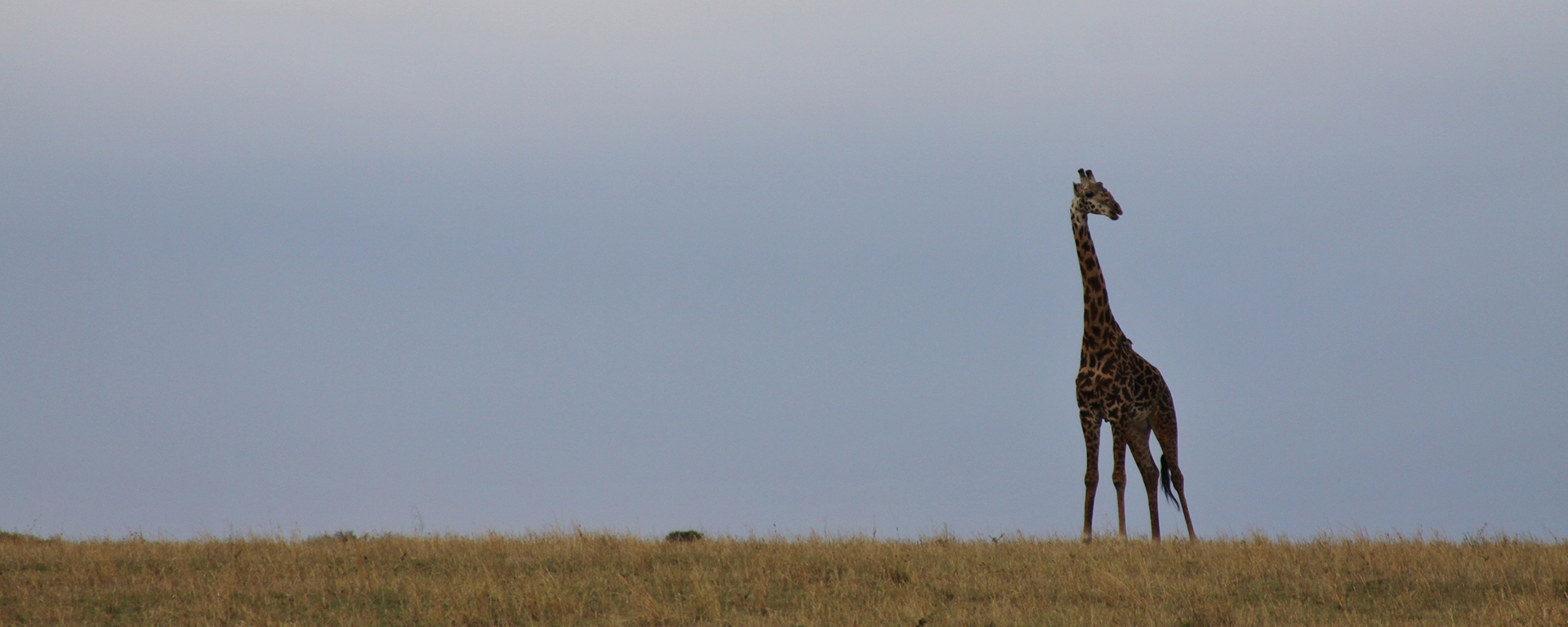
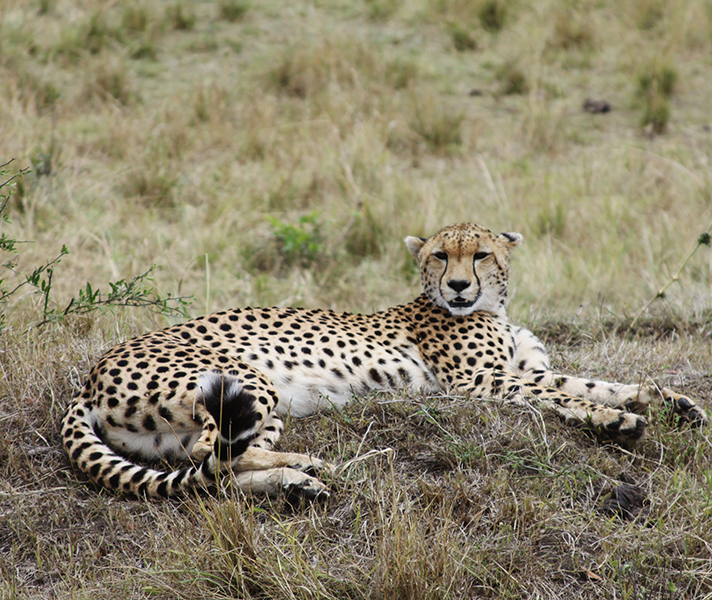
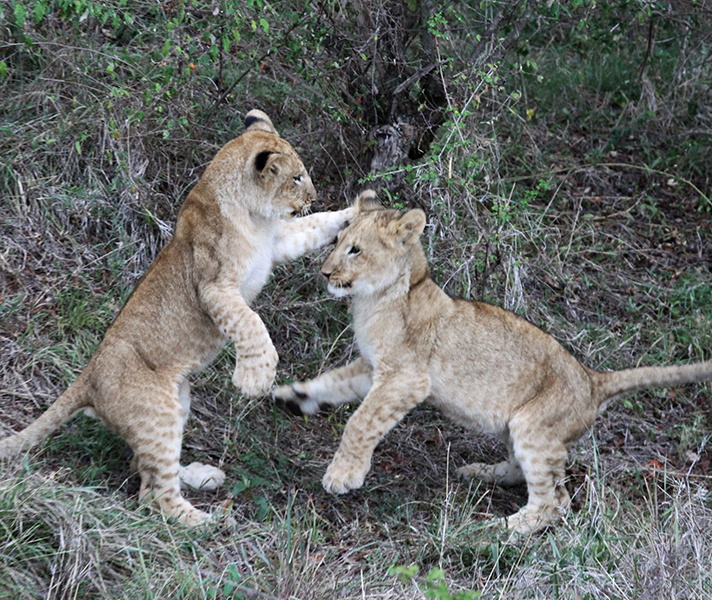
What will I see in the Masai Mara?
Put it this way: within 10 minutes of leaving the airstrip, we came across a cheetah and her two cubs. Then we bumped into a lioness and her cubs. At one point during our stay, we were surrounded by a huge herd of buffalo who chased off a skittish lion pride from some prime grazing. Add Maasai giraffe, sprinting striped mongooses and brilliant birdlife like grey turaco, lilac-breasted rollers, secretary birds and grey crowned cranes, and you have a movable feast.
The Mara and especially the conservancy are very rewarding on game drives. What you probably won’t see unless you are very lucky are rhinos. They occasionally venture into the Mara but are so seldom seen that we wouldn’t peg this as a Big 5 destination. All of the other Big 5 – lion, buffalo, elephant and leopard – are here in good numbers though.
If you want to see rhinos in Kenya, head to Lewa Wildlife Conservancy for at least two nights.
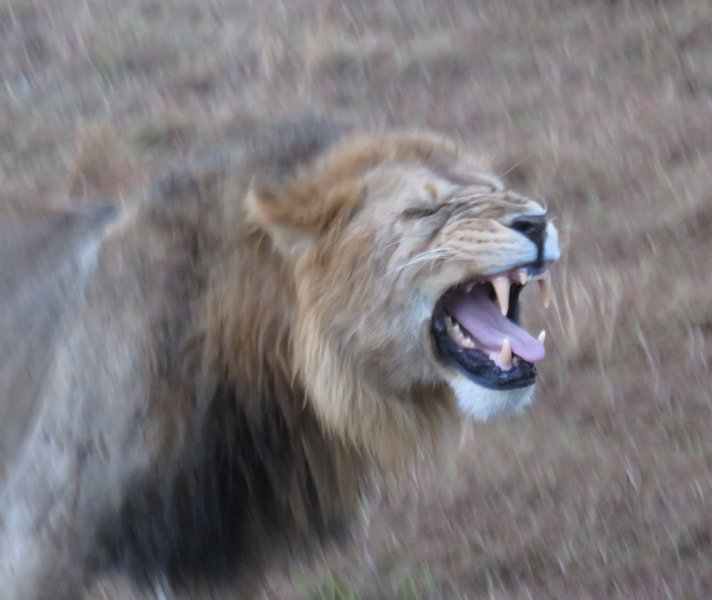
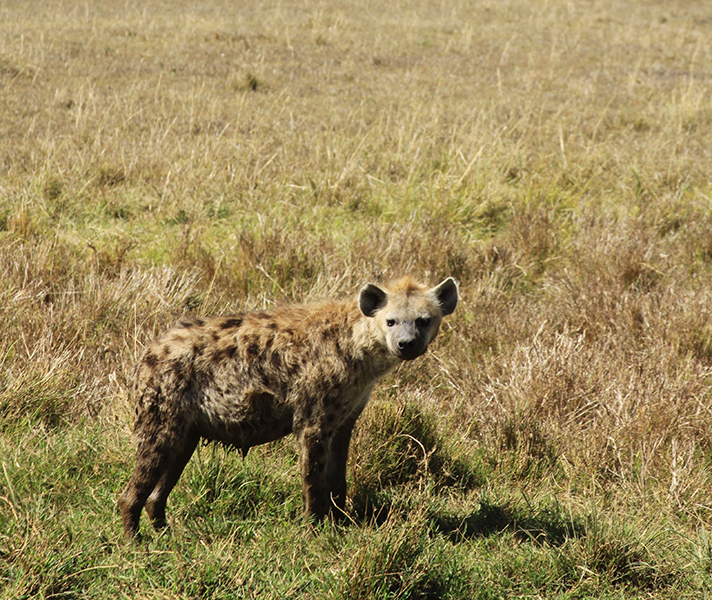
Will I see the Migration?
Like so much in life, this is down to timing. The wildebeest cross the Mara River from the Serengeti in neighbouring Tanzania in about August and hang around until about October when they start venturing back down to the Eastern Woodlands. But life isn’t run by clockwork, and early or late rains may speed up or delay events by a few days or even weeks.
For a comprehensive run-down of how the Great Wildebeest Migration works, please read our expert blog.
If you are serious about seeing the Mara River crossings you need to do two things: book as far in advance as possible (there is limited accommodation and it goes fast) and accept that the wildebeest might have other plans. Sometimes they reach the river and mingle for days, keeping guests on the edge of their seats in anticipation of the moment when they finally cross.
The river crossings are not for the fainthearted: if you are squeamish about drowning, broken legs, plenty of anguished bellowing and crocodiles literally making a killing in the bloody water, then think twice about whether this is a phenomenon you or your children really want to see. Find out about more things to consider about a Migration safari.
Another great way of seeing the Migration is to join a mobile camp that changes its location based on what the herds are doing. Although you will give up luxuries like Wi-Fi, a swimming pool and air conditioning, you will gain proximity and be in the thick of the action – the Migration always attracts large numbers of predators who take advantage of the ample prey.
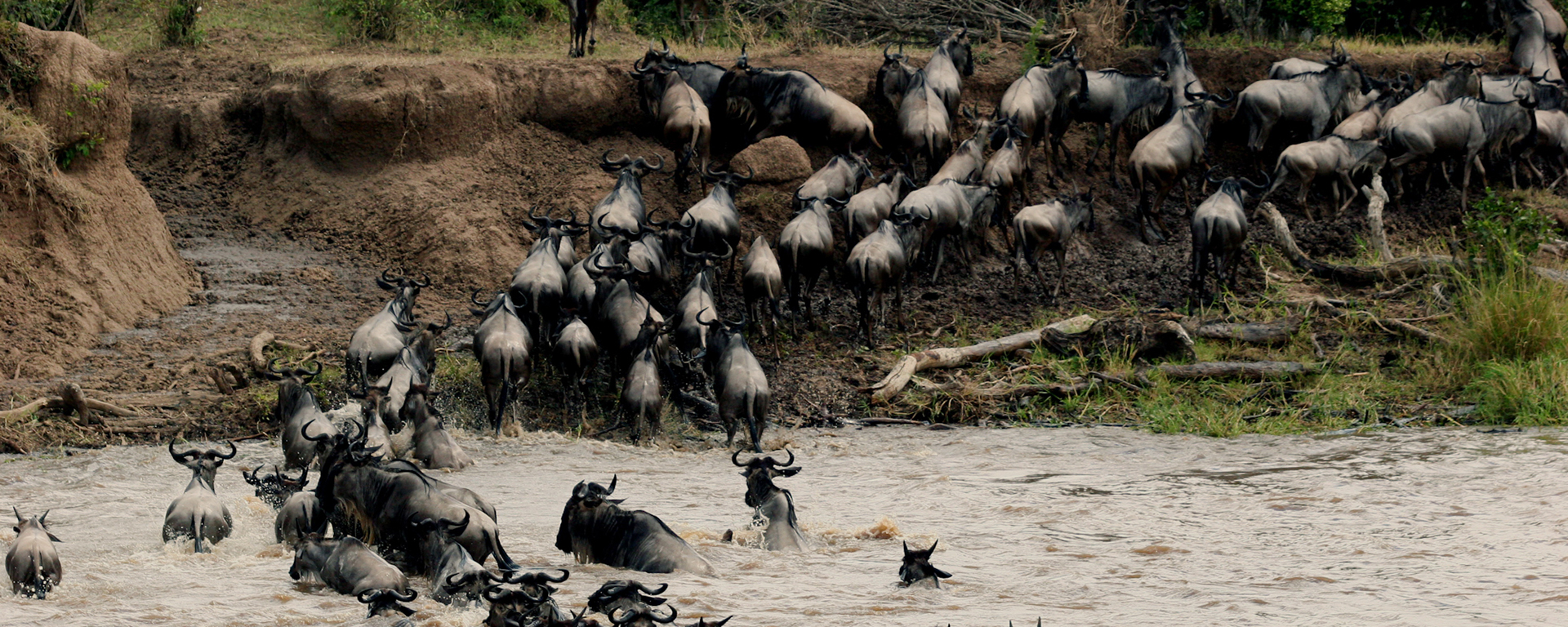
Is hot-air ballooning over Masai Mara worth it?
A balloon safari is a classic way of seeing the Masai Mara and appreciating its sheer size and beauty. You will rise before dawn and take off at sunrise to enjoy the ‘spotted land’ coming to life, floating over forest, savannah and nocturnal game like spring hares dashing back to the safety of their dens before daylight.
Although it is a pricy activity, we take the view that, well, when next will you be in the Masai Mara? When next will you have the chance to take to the sky above one of the world’s most famous wildlife areas? Some clients might reduce the level of accommodation they choose in order to fit in what is a bucket-list experience for many. After all, a bed is pretty much a bed but a balloon safari is something extraordinary.
If you can, we say, ‘Go for it’!
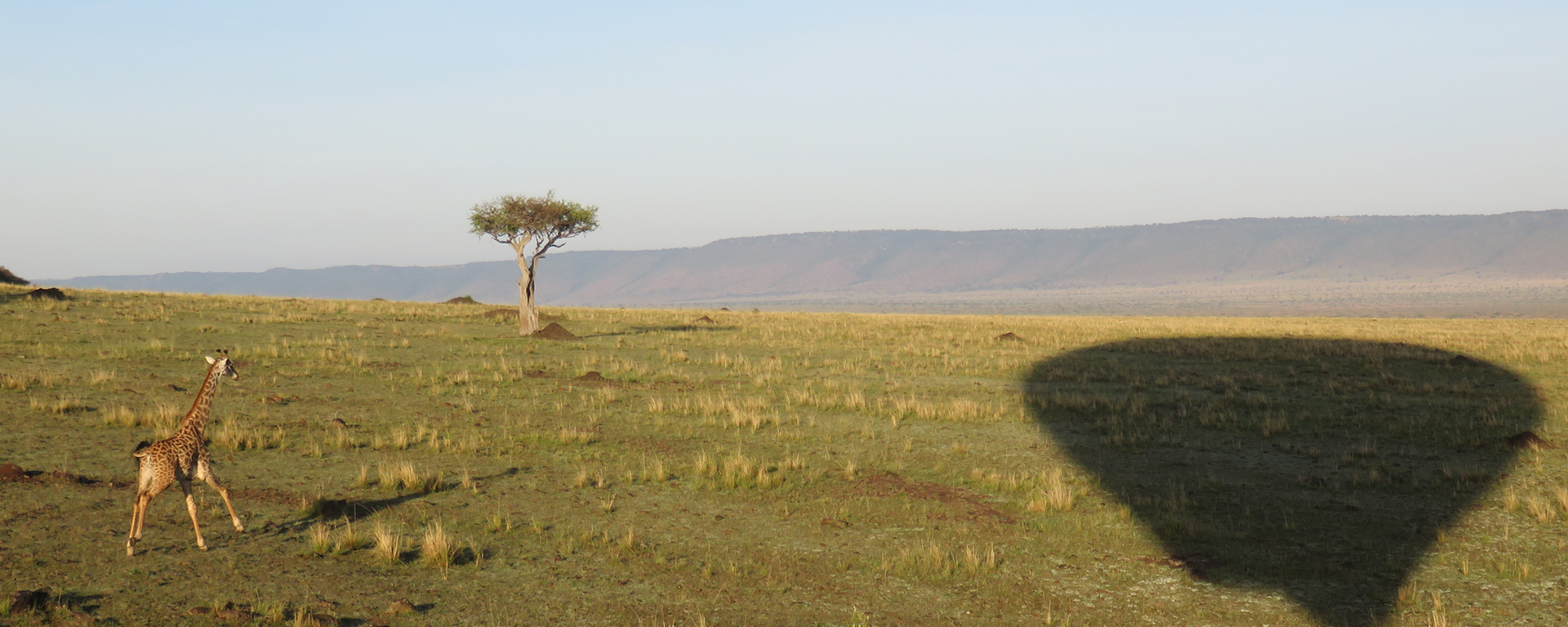
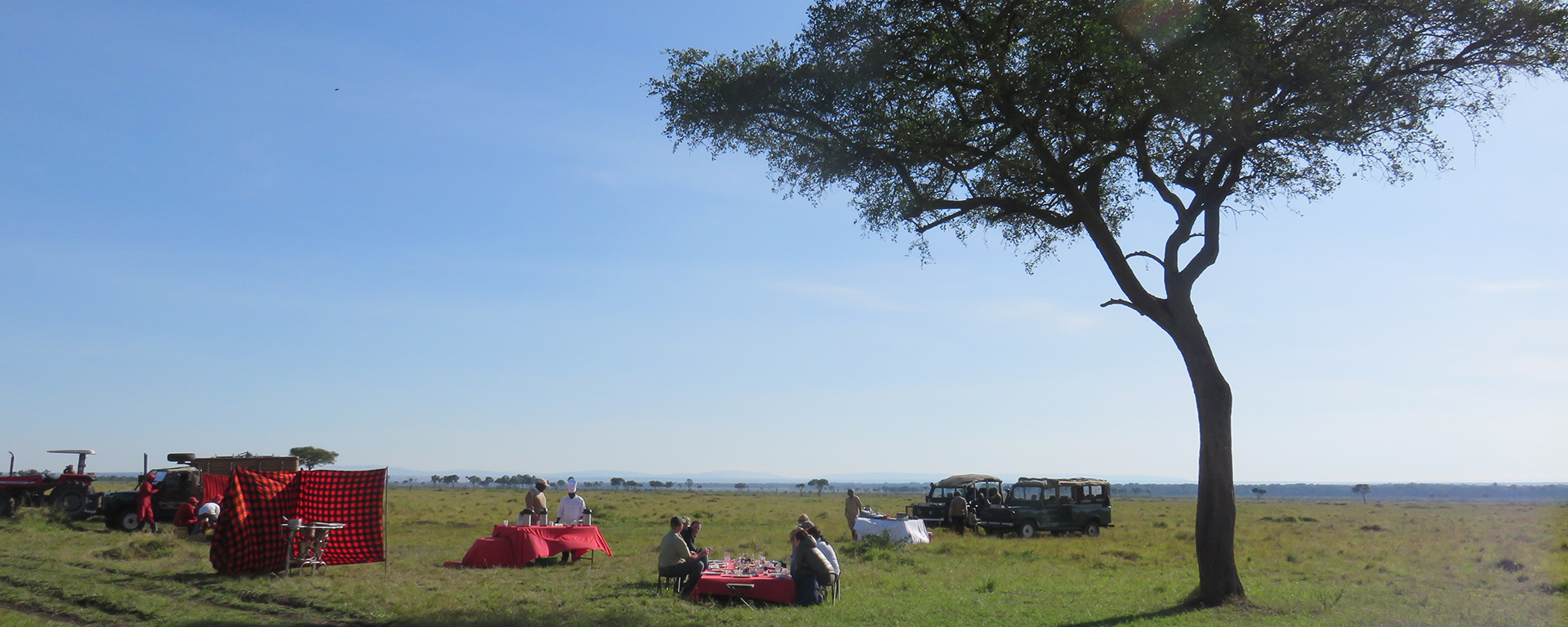
Where to stay in the Masai Mara?
There is plenty of accommodation to choose from in the Mara and we strongly suggest changing location every two to three days so that you can see as much of the reserve as possible.
Our first stop was Elephant Pepper Camp, whose forested location belies its views of the plain. It is an unfenced tented camp studded with little extras like comfy hammocks, beautiful brass fittings from India, and authentic Italian food like homemade pasta.
The Governors camps – Il Moran, Little and Main – were among the first built here in the early 1970s and so have some of the best locations. Il Moran and Main are both above the river while Little is reached by boat and has a spectacular setting on a wetland. All the guides at Governors Camps have at least a silver rating from the Kenya Professional Safari Guides Association.
Rekero Camp is on the Talek River and is another tented camp gently strung out along the water’s edge so you can hear hippos gurgling and buffaloes grunting. They think of everything here: our tent had gumboots, umbrellas and an outdoor washing station for personal laundry (it is important to know that, because of cultural reasons, women’s underwear won’t be washed by lodge or camp laundry services in Kenya).
If you’re a small family and want a private experience, consider one of the Mara Bush Houses. We stayed at Topi House, which is a converted private home that sleeps at least six. The beauty of your own house is you can do as you please – the staff are incredibly accommodating and the game-drive vehicle is all yours.
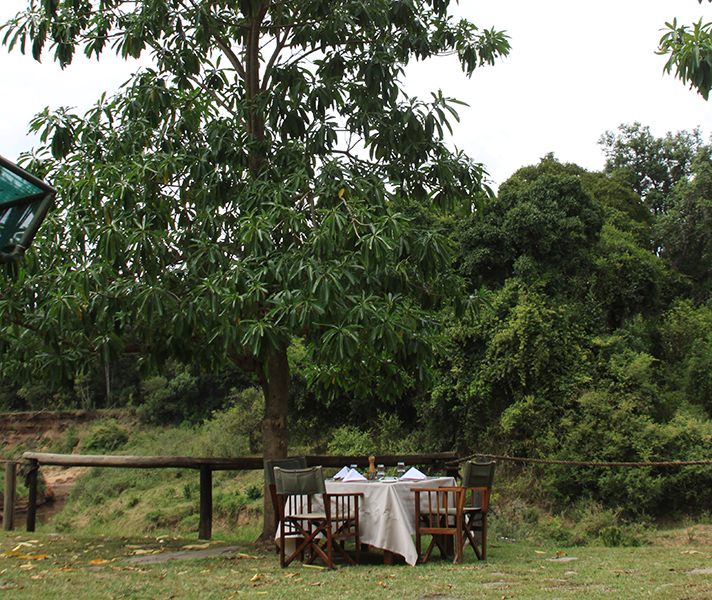
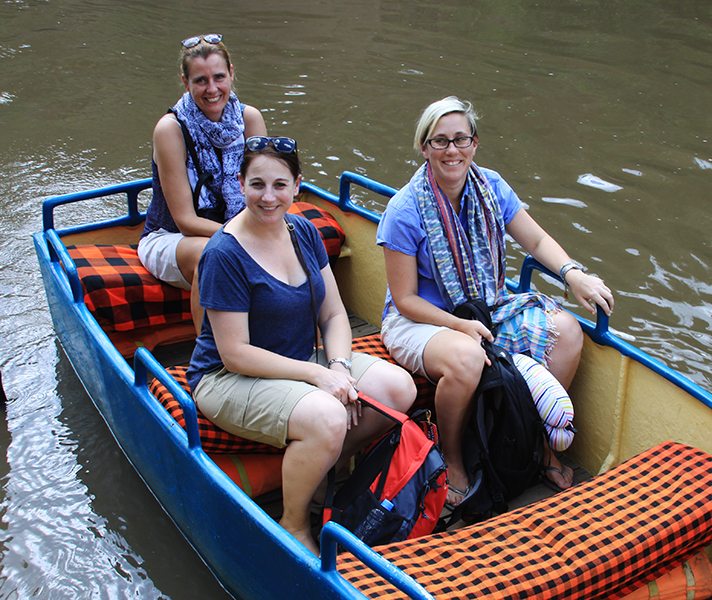
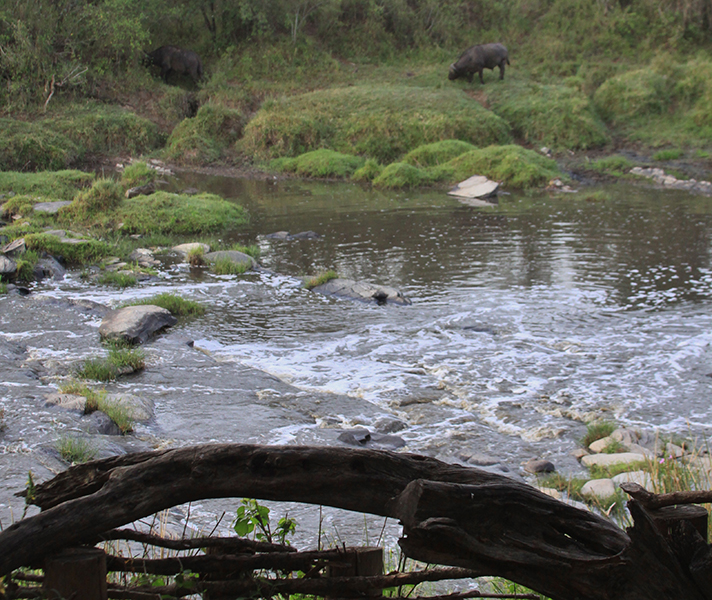
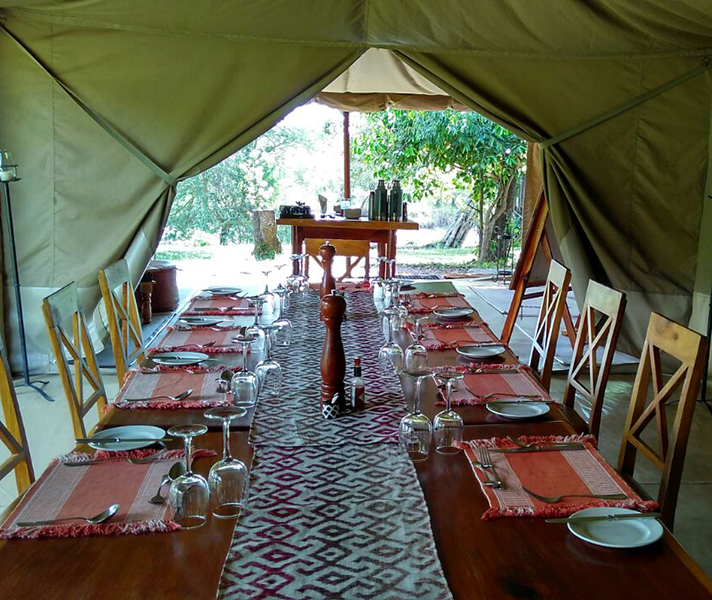
Should I go?
The Masai Mara is the place to see in Kenya if you see nothing else. If you are on safari for the first time, then the ease of game viewing will be very rewarding. The logistics are great, the reserve is well-kept and it’s easy to get to via regular flights from Wilson Airport in Nairobi.
If you are a safari regular and have been to the Masai Mara before then consider one of the more off-the-beaten-track camps like Serian- The Original and Ngare Serian. Both are tucked away in a riverine forest (you can only reach Ngare by swing bridge) and offer activities like fly-camping (spending the night out in a dome tent), genuine night drives to find nocturnal animals (you leave after dinner) and lengthy nature walks. The focus is on nature and the only Wi-Fi to be found is the managers’ adorable camp dog!
The Masai Mara is an astonishing place. If you are lucky enough to be thinking about going, then don’t miss this privilege. You won’t regret it.

